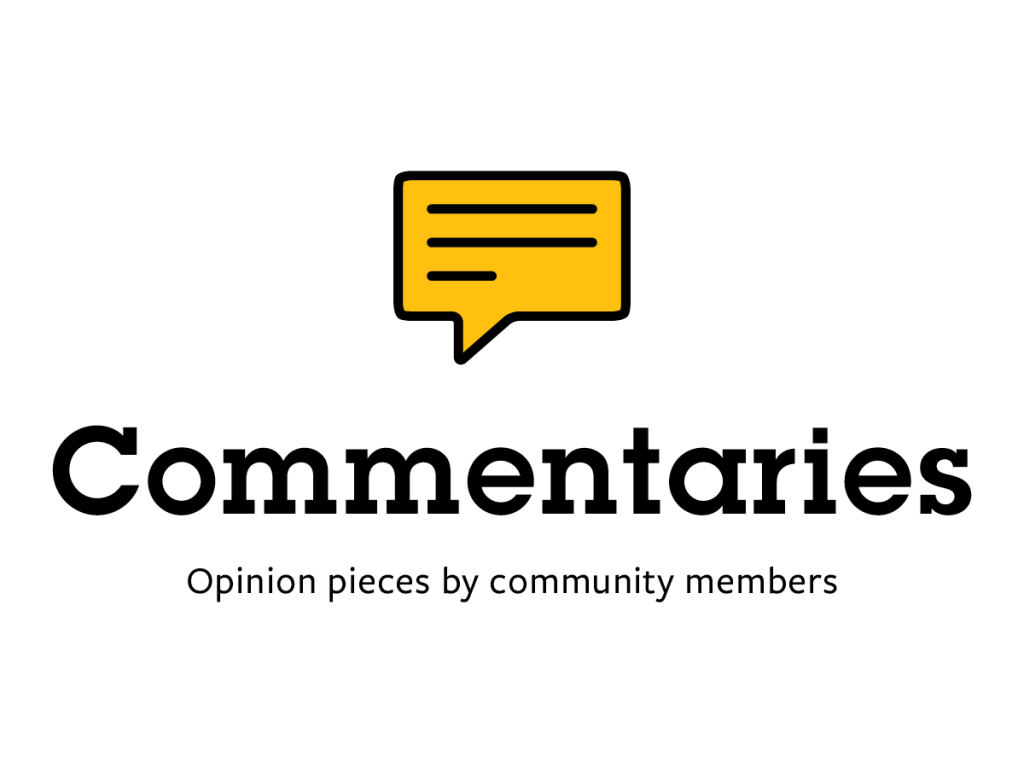This commentary is by Dr. Sunny Eappen, president and CEO of the University of Vermont Health Network.
Health care is expensive, whether you’re receiving it or providing it.
While most of us already know this hard truth, it’s at the center of attention as Vermont’s 2025 hospital budgets are being reviewed by our regulator, the Green Mountain Care Board.
For us at University of Vermont Health Network, this isn’t a problem we think about once a year when we submit our budgets. Every day we hear directly from patients, many of whom are our friends, family and neighbors, who are looking at their hospital bill or insurance premiums and wondering how they’re going to make ends meet.
That’s why everything we do, including the budgets we recently presented, is guided by the principle of: How do our patients access the high-quality care they need, deserve and can afford?
Thanks to the tireless work of our dedicated providers, nurses and staff, we’re on more stable financial footing. We achieved it through significant effort to control expenses — including administrative costs, delaying needed capital investments, and leveraging our integration as a system to improve patient access to care and reduce the cost of temporary labor.
Our proposed budgets for next year at Central Vermont Medical Center, Porter Hospital and University of Vermont Medical Center respond to clear direction I’ve given our leadership, which also mirrors guidance from our regulator: increase timely access to care, make care as affordable as possible and improve patient experience and health outcomes.
Given the shared challenges we face in our state, we won’t achieve these things overnight, but they serve as our North Star.
Our budgets reflect our connectedness, as what affects one hospital affects the rest of our network. It’s an honor to offer high-quality, leading-edge medicine to our region, but we know more people need this care than we have the capacity to serve in a timely way.
We’ve been working hard to improve physical access to care. We’re reducing wait times and backlogs for surgeries and imaging. We’re also increasing access to specialty care and getting patients faster answers about their care through our successful eConsult service. Our proposed budgets also support greater access to primary care, which is the foundation of healthy communities.
Being physically able to access health care services is vital, but that access means little if you cannot afford to use it.
We’re proud to make care more affordable through our strong financial assistance programs. Last year alone, we saved roughly 11,000 eligible patients nearly $30 million in health care and prescription costs. We’re committed to continuing and expanding these programs to reduce financial barriers to care. We’re also focused on controlling operational expenses, so they don’t get passed on to Vermonters.
Every line of expense in next year’s budgets was reviewed to maximize cost control. Thanks to those efforts, we were able to reduce tens of millions of dollars from our budget requests.
Let me be clear. We know there is more work to do.
By working together as a health system, we realize savings from shared administrative functions like human resources, accounting and IT. We’re also being more efficient with our leadership.
In fact, a recent internal study performed by a nationally recognized compensation consultant shows we are among the leanest compared with comparable size academic systems when it comes to spending on executive staff.
Last year, following the Green Mountain Care Board’s decision on our budgets, we eliminated nearly 130 open administrative positions, which saved approximately $20 million. But this action did not come without other costs, as it increased pressure on our staff and delayed some access initiatives.
None of us can deny the challenges that shape health care in our region. Our population is getting older and will require higher levels of care and more of it. There’s a lack of affordable housing, and a deficit of long-term and mental health beds.
All these things drive up costs. And because government payers don’t fully cover these expenses, Vermonters with commercial insurance are shouldering the burden, as seen in recent insurance rate hikes.
We’re partnering with Dartmouth Health and MaineHealth to appeal to our lawmakers in Washington, D.C., to address the challenges of rural health care, but it’s not an overnight solution.
At this point, the easy answer to high health care costs would be to reduce next year’s hospital budgets and call it a win for affordability. But in truth, it would shortchange Vermonters and only further drive up costs overall as we tried to catch up.
As nonprofit hospitals, funding to make investments in access for our patients and to support our workforce come from limited sources. Shrinking those sources significantly reduces our ability to make forward progress, let alone preserve what we already have, for the patients who need us today.
Despite our challenges, I’m hopeful because of our providers and staff who work with compassion, kindness and resilience to provide the care our patients need.
For the sake of our people and the patients we serve, we must keep nonprofit hospitals sustainable.
Read the story on VTDigger here: Dr. Sunny Eappen: Sustainable nonprofit hospitals are vital to controlling health care costs.

